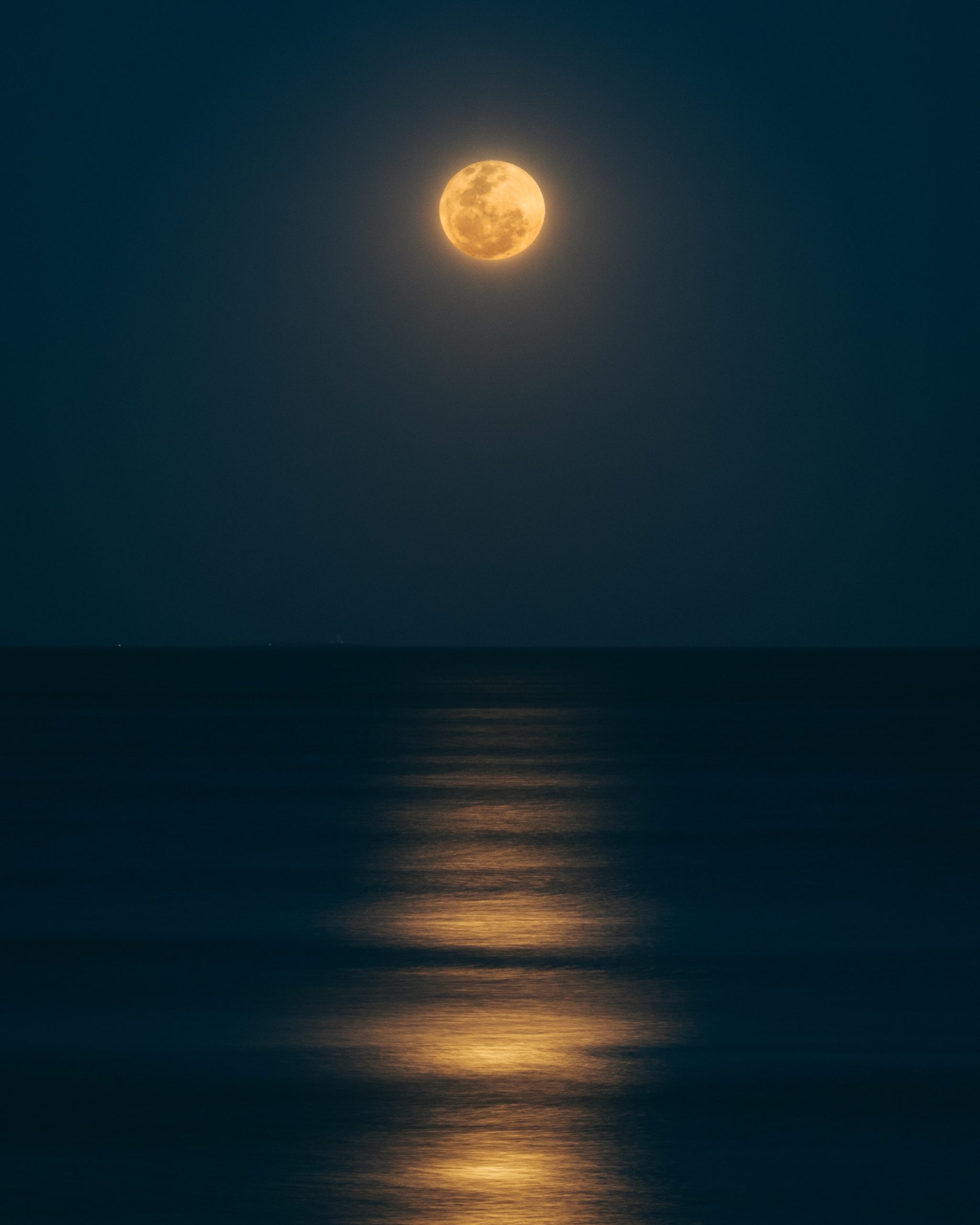What is Half Moon Day?
Half Moon Day, also known as the first quarter moon, is a significant astronomical event that occurs approximately one week after the new moon. During this phase, the moon appears as a semicircle, resembling a half moon in the night sky. This celestial phenomenon has intrigued and fascinated humans for centuries, serving as a marker for various cultural, religious, and agricultural practices around the world.
The Phases of the Moon
Before diving deep into understanding the significance of Half Moon Day, let’s familiarize ourselves with the different phases of the moon. The moon goes through a complete cycle, known as a lunar month or synodic month, which lasts approximately 29.5 days.
There are eight primary moon phases, each marked by a unique appearance:
- New Moon
- Waxing Crescent
- First Quarter (Half Moon Day)
- Waxing Gibbous
- Full Moon
- Waning Gibbous
- Last Quarter
- Waning Crescent
Among these phases, Half Moon Day is the third stage, occurring between the Waxing Crescent and Waxing Gibbous phases. During this time, the moon is halfway through its journey towards becoming a full moon.
The Appearance of the Half Moon
When observing the night sky during Half Moon Day, we witness a beautiful celestial sight. The illuminated part of the moon appears as a semicircle, resembling a half-moon shape. This happens because the sun’s light hits the moon at an angle, causing only half of it to be visible from our viewpoint on Earth.
In the northern hemisphere, the right side of the moon is illuminated during the first quarter, creating a shape akin to the letter “D.” On the other hand, the left side is illuminated during the last quarter, forming a shape resembling a backward “D.” Conversely, in the southern hemisphere, the orientation is inverted.
Many people often confuse Half Moon Day with a crescent moon. While the two phases may seem similar, a crucial difference lies in their appearance. The crescent moon is thinner and less illuminated compared to Half Moon Day. The latter boasts more brilliance and a more prominent semicircular shape.
The Significance of Half Moon Day
Half Moon Day holds cultural, religious, and agricultural significance in various parts of the world. Let’s explore some of the diverse interpretations and practices associated with this celestial event:
1. Cultural Significance
In many cultures, the moon has been revered as a symbol of divinity and cosmic power. The Half Moon, with its unique appearance, serves as a cultural symbol in folklore, art, and literature. It often represents balance, harmony, and the cyclical nature of life.
For instance, in Greek mythology, the goddess Artemis, associated with the moon, was often depicted with a crescent moon crown. The moon’s phases, including Half Moon Day, were believed to reflect Artemis’ different moods and powers.
2. Religious Observances
Religions around the world incorporate Half Moon Day into their rituals and observances. In Islam, the Islamic lunar calendar follows the moon’s phases to determine important dates such as Ramadan, Eid, and the beginning of the lunar month. Therefore, the sighting of the Half Moon holds great significance for Muslims worldwide.
Similarly, in Hinduism, Half Moon Day is associated with several rituals, fasts, and festivals. The lunar calendar, known as the Purnimanta calendar, is followed for religious and cultural festivities. Various Hindu deities, such as Lord Shiva, are worshipped on this day, and devotees offer prayers and perform religious ceremonies.
3. Agricultural Importance
Many agricultural practices and customs are closely linked to the moon’s phases, including Half Moon Day. Historically, farmers have used the lunar cycle as a guide for planting, harvesting, and managing crops.
During the first quarter, or Half Moon Day, it is believed that the moon’s gravitational pull encourages upward growth in plants. This phase is considered ideal for sowing and transplanting leafy vegetables or flowering plants.
Conversely, the last quarter, also known as the third or final quarter moon, is regarded as an optimal time for root development in plants. This phase is associated with planting root vegetables or bulbs like potatoes, carrots, and onions.
Observing Half Moon Day
Observing Half Moon Day does not require any special equipment, making it accessible to everyone. All you need is an unobstructed view of the night sky during the moon’s waxing phase.
The best time to witness the Half Moon is shortly after sunset. Look towards the western horizon, where the moon should be visible. The Half Moon will be located approximately halfway between the horizon and the zenith.
Remember, weather conditions and the moon’s position in your location may affect visibility. If the sky is cloudy, it may be challenging to observe the Half Moon. However, on clear nights, the Half Moon shines bright and offers a breathtaking celestial spectacle.
In Conclusion
Half Moon Day, also known as the first quarter moon, is a remarkable astronomical event that has captivated humanity throughout history. This phase showcases the moon as a semicircle, resembling a half-moon shape, and occurs roughly one week after the new moon.
With its cultural, religious, and agricultural significance, Half Moon Day holds a special place in various societies. It symbolizes balance, serves as a marker for religious observances, and guides agricultural practices.
Whether you are gazing at the Half Moon for its beauty or acknowledging its importance in cultural traditions, this celestial event connects us with the vastness of the universe and reminds us of the marvels of celestial bodies.
So, the next time you spot the Half Moon in the night sky, take a moment to appreciate its splendor and the stories it has inspired for centuries.
Table of Contents
